Many Dungeons & Dragons groups use homebrew campaigns, some of which use elements from popular movie and video game franchises. It’s easy to adapt enemies from these settings into D&D 5E, so don’t stress if you plan on your next campaign being set somewhere like Hyrule, Narnia, or Hydaelyn.
It might be tempting to create a D&D monster from scratch when adapting a being from different source materials, but this presents a risk. You can always screw it up and make the enemy too strong or too weak for your party. Balancing encounters so that they’re just the right threat level has been a D&D problem since day one, and it’s only exacerbated when the DM has to do it on their own.
Related: Dungeons & Dragons: New Player Guide To Fighters
How To Adapt Monsters Into D&D

The simplest way to adapt a monster from a popular fictional property is to take its closest equivalent from the Monster Manual and use that as the base for the new creature. All you need to do is tweak its attacks and resistances to match the source material, and if you want to beef it up to boss status, give it some Legendary Actions and three uses of Legendary Resistance, assuming it doesn’t have it already.
The selection of creatures in the Monster Manual offers a wide selection for DMs to use for stats, and this isn’t even counting other books that were released later, such as Mordenkainen Presents: Monsters of the Multiverse.
Want to create Alakazam the Pokemon for a campaign? Use a Mind Flayer as the base, but remember to take out the whole extracting brains thing. Fancy adding the Whomping Willow for a Hogwarts campaign? Take the Treant and remove its movement speed to use it as the base.
Example: Adapting Rathalos From Monster Hunter Into D&D 5E

A great example to use for this process is a creature from the Monster Hunter franchise, as it’s full of gigantic creatures that exist only to eat any small people approaching them. For this example, we’ll use Rathalos, which is a giant red wyvern and one of the most iconic creatures in the franchise.
It also helps there’s a creature in D&D 5E that closely matches the Rathalos in terms of its size and combat abilities: the Adult Red Dragon. The stats of the Adult Red Dragon can be seen below.
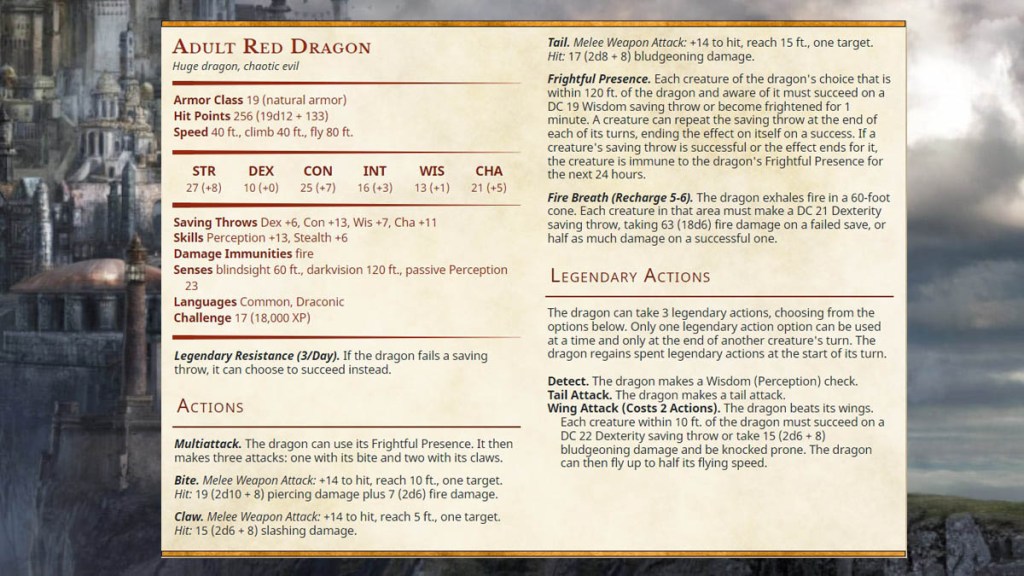
In the Monster Hunter franchise, the Rathalos is better known for biting and tail swipes than it is with its claws, so it’s easy to scrap the Claw attack and replace it with more tail swipes. The tail must also deal additional poison damage to match how it works in the game. The rest of its attacks match what the Rathalos can do in the game. Still, we also took away its ability to speak languages and switched its alignment to Neutral to reflect the fact that it’s closer to an animal in mentality and not genuinely malevolent.
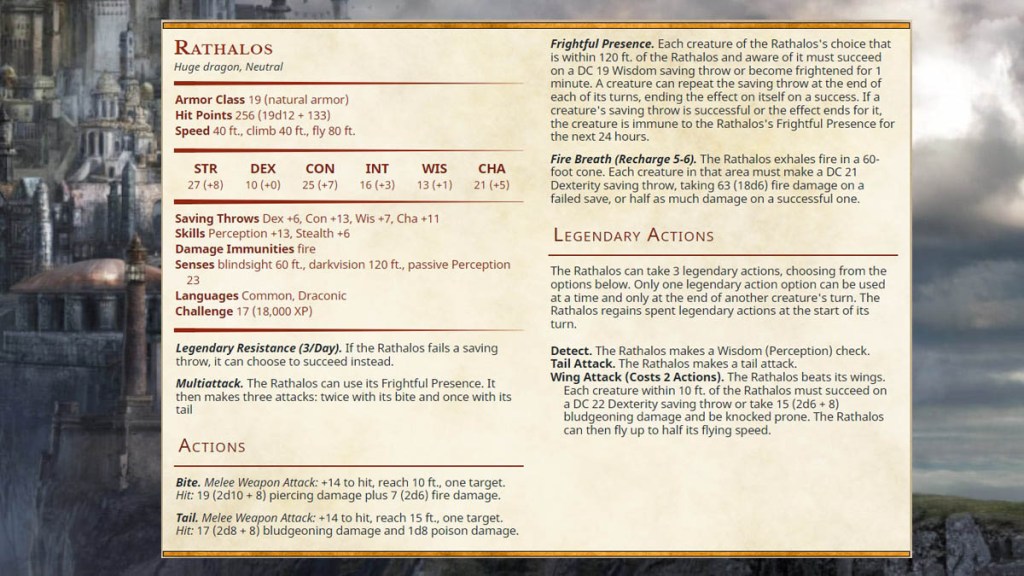
The images above were created using Tetra-Cube, which is a website that lets you load the stats for the OGL monsters and format their text into the stat blocks used in most D&D products. You can also use it to create a monster from scratch and prepare its text in a way that you’re familiar with.
Related: How One DnD’s Rules Make Character Creation Easier
It might be challenging to adapt a monster into D&D fully, but DMs can use the resources available to make something that closely matches the source material. One of the benefits of using the method above is that you’ll have a good idea of what they can do in combat and whether the party will survive against them, as a few minor tweaks are unlikely to be game-breaking.

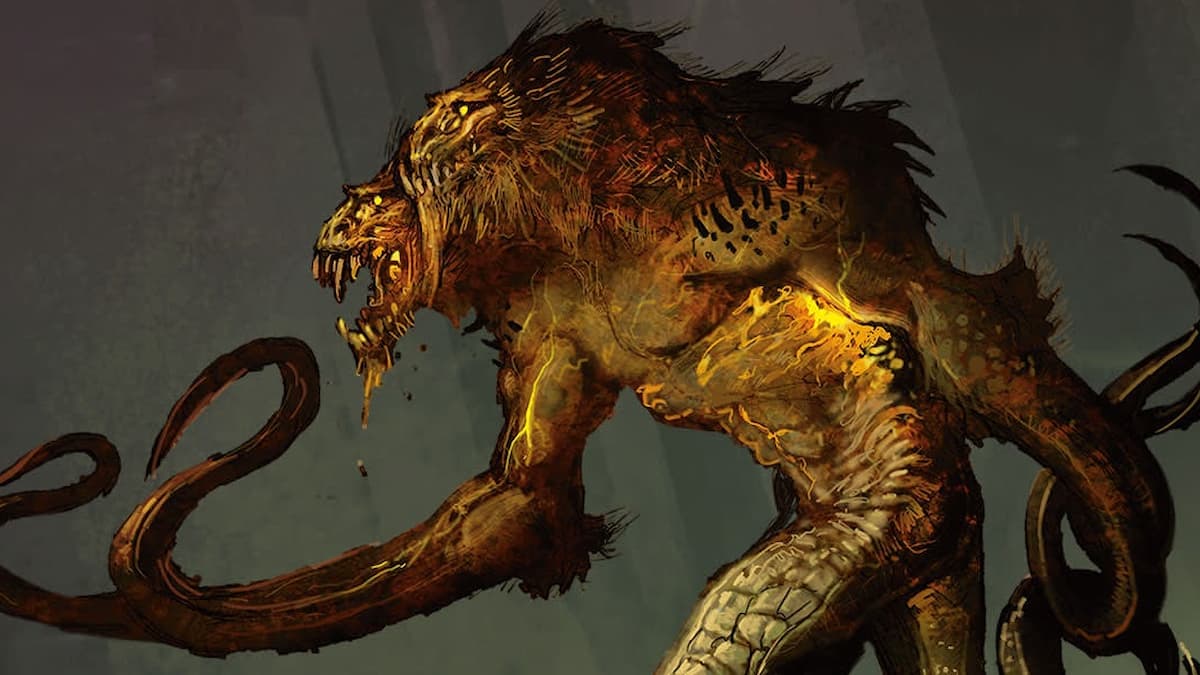

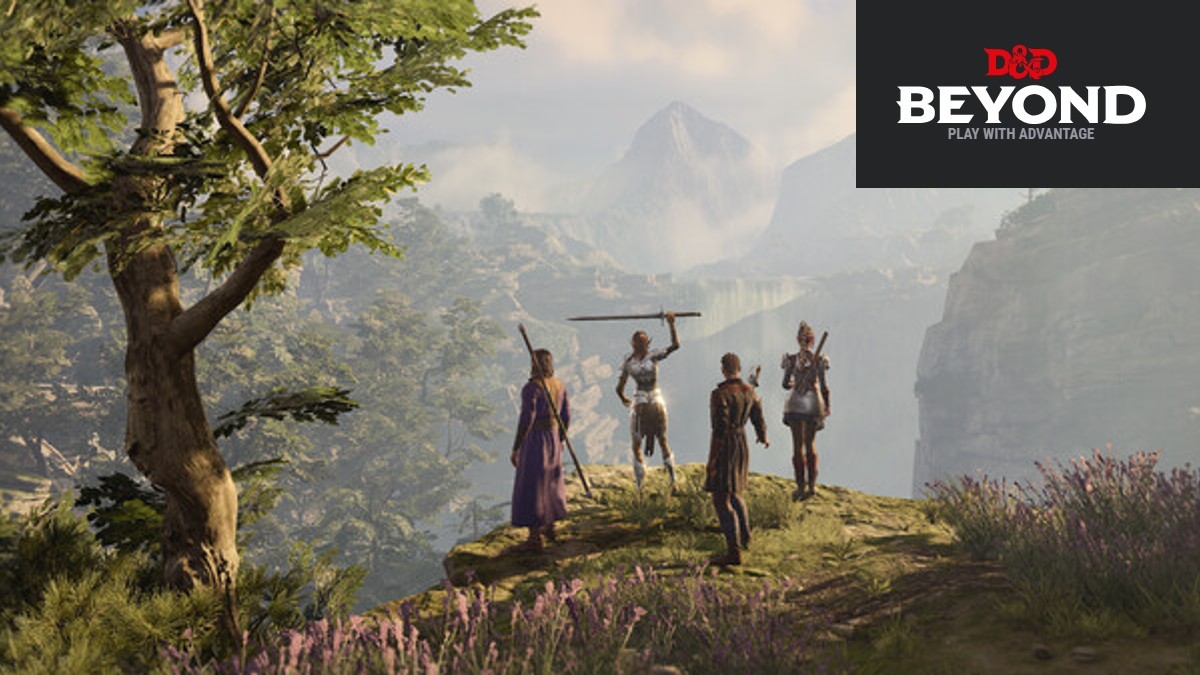
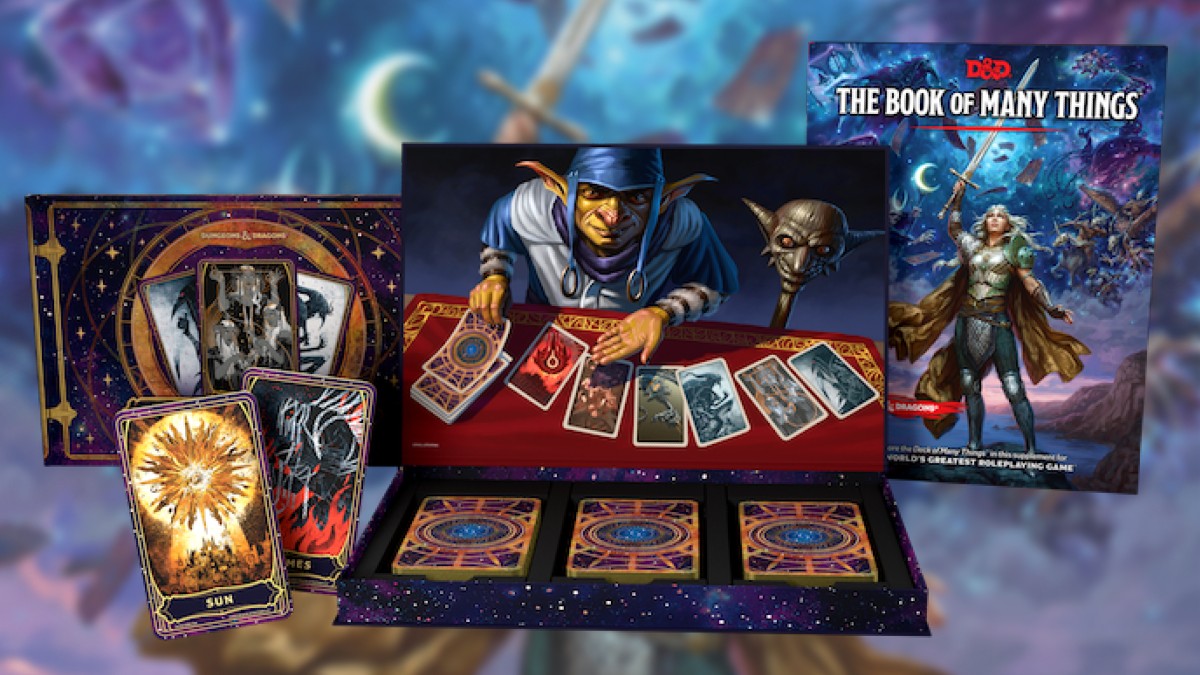
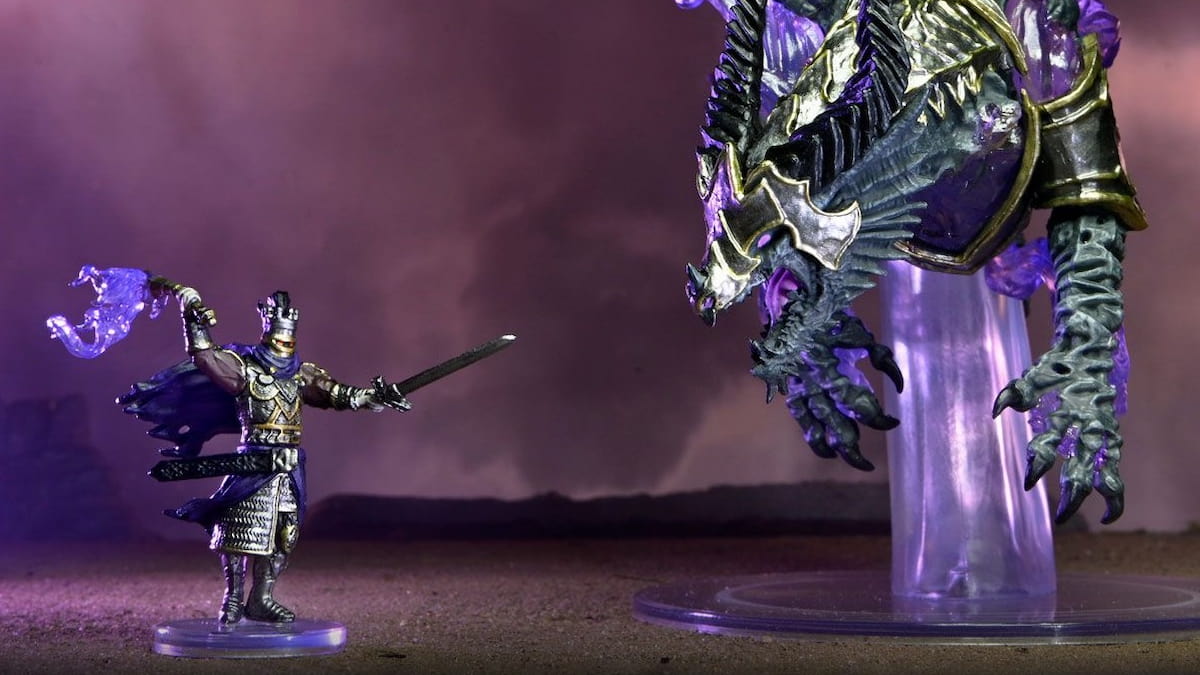
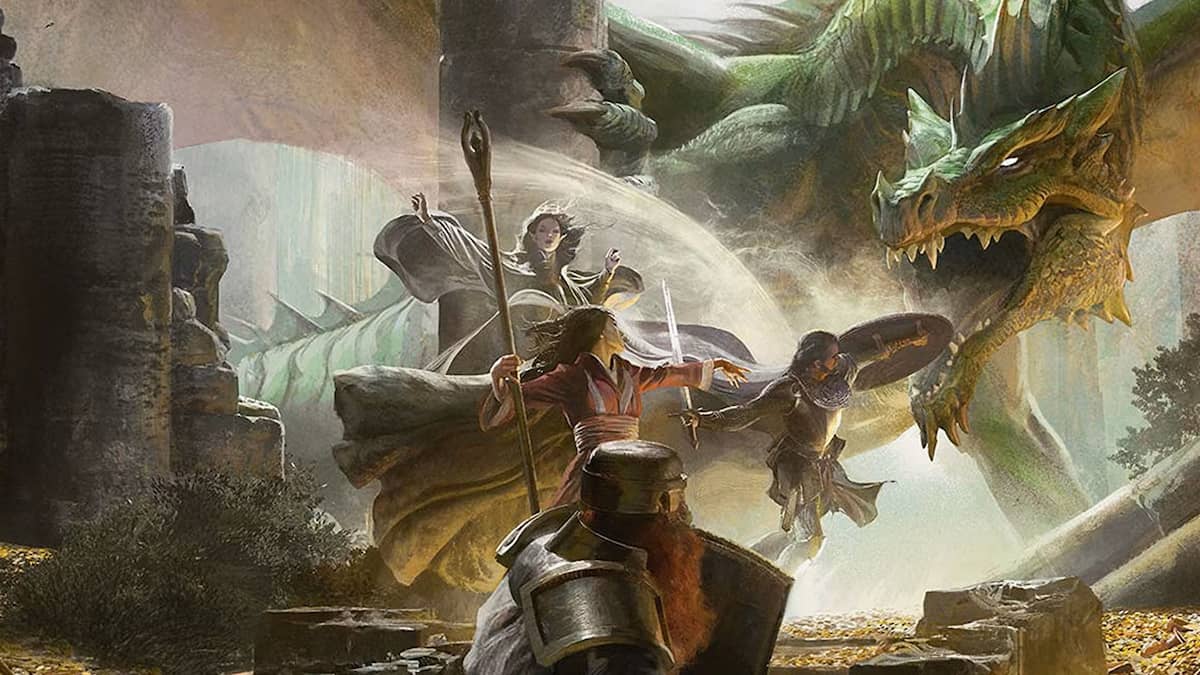
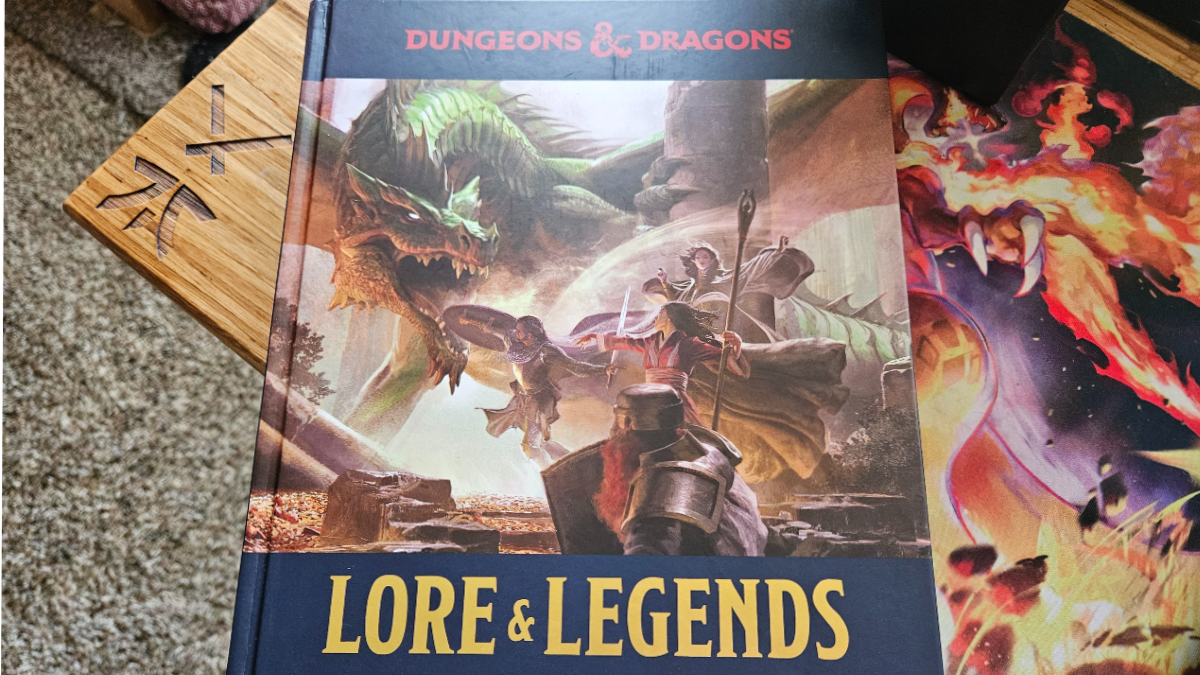
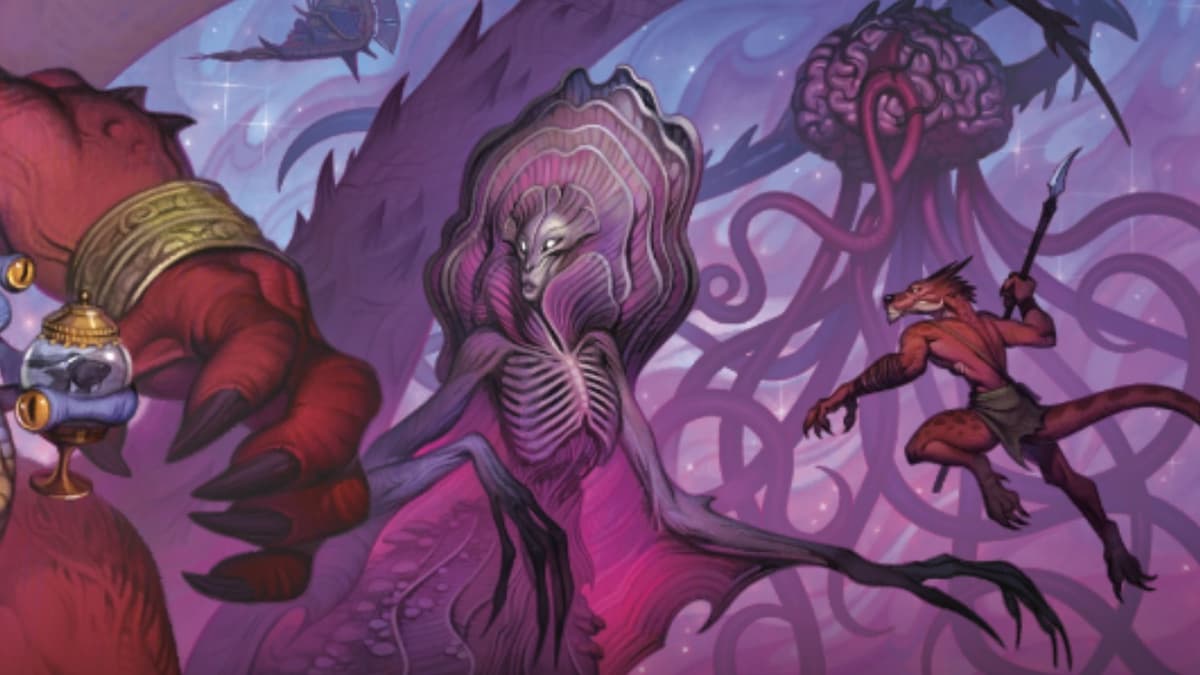
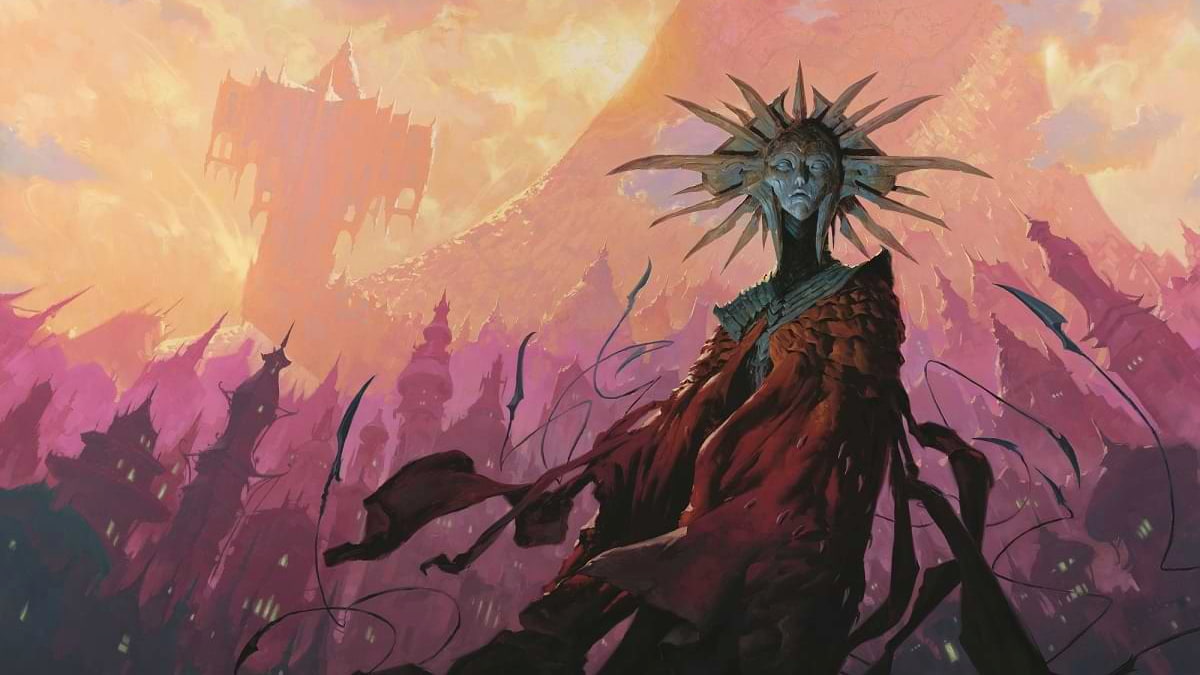
Published: Jun 13, 2023 02:55 pm